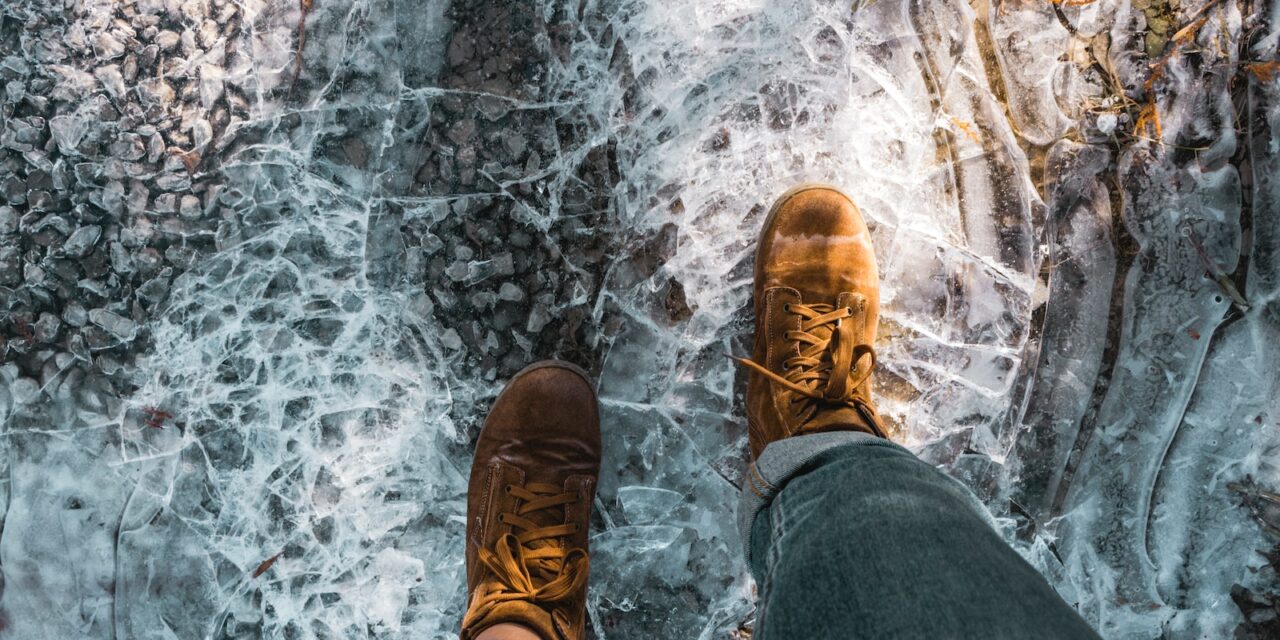Forecasters have predicted the dropping temperatures to continue, with an icy blast heading towards northern parts of Britain at the start of next week. Some areas are expected to plummet to temperatures as low as -8c across parts of the north of England and rural Scotland.
Winter weather hazards like ice, snow and sleet, as well as rain, can be extremely dangerous to workers, especially for those working outdoors or on construction sites, as slippery surfaces can cause potential health consequences for employees.
John Johnston, Head of E-Commerce at Workwear Express has outlined how staff members attempting to work in icy and wet conditions can stay as safe as possible in preparation for the continuing cold temperatures.
John comments:
While the UK is used to dealing with lots of rain and icy conditions during winter, the extreme cold expected to hit the country in the next few days could have negative effects on those not used to carrying out their jobs in snow and sub-zero temperatures. Luckily, there are some measures you can implement to ensure you stay as safe and healthy as possible.
John Johnston, Head of E-Commerce at Workwear Express
Wrap up warm
First and foremost if you are working outside during the icy conditions, it is important to wear the correct clothing for working in colder temperatures. This means wearing items such as thermals, anti-slip gloves and thermal socks so that you remain warm and able to carry out regular responsibilities.
If clothing worn/provided does not provide adequate insulation, then you could be at risk of developing health conditions, such as cold stress, or even suffer injuries such as hypothermia or frostbite. It is therefore important that if you feel that you have not been provided with adequate clothing for working in cold temperatures, to raise it with your employers immediately.
Wear slip-resistant footwear
As well as wrapping up warm, you should also consider the type of footwear you are wearing to complete your work. In icy conditions, these should always be high-quality properly fitted slip-resistant shoes, to reduce the risk of slips or injury happening as a result of black ice.
It is also a good idea that before beginning work, you wipe and clean work shoes regularly, being careful to check in on the tread, as wearing down the tread can compromise the grip on shoes making you more likely to fall, slip or trip.
Pay Attention
Though it may sound obvious, when working in extreme weather conditions, you should pay extra attention to what you are doing and where you are walking. This is because wet surfaces, when it gets cold, can turn into black ice making the ground more slippery to walk on.
You should also take extra care when using stairs such as using hand railings and avoid taking shortcuts, even when in a hurry, to minimise the risk of injury.
Identify Risk Areas and Take Precautions
It is also important that you take a number of precautions when working in extreme weather. This means identifying and treating hazards as quickly as possible such as gritting surfaces when it is icy, as well as alerting others around you to potentially dangerous areas such as entranceways, slopes, and stairs and putting up appropriate signage.
Monitor Temperatures
Very importantly if you are working outside in icy and wet conditions it is key that you keep a check on the temperature at all times, and make a plan for when it becomes too cold to be outside working anymore.
It is best not to work outside in icy conditions at all if possible, so you aren’t at risk of suffering symptoms of extreme cold. It is therefore a good idea to assess the night before a job what the temperatures are likely to be while working and make other plans and adjustments if necessary.
Workplace Wellbeing Professional is an online magazine featuring news and analysis on a broad range of employee wellbeing topics, focused on a UK based audience.










